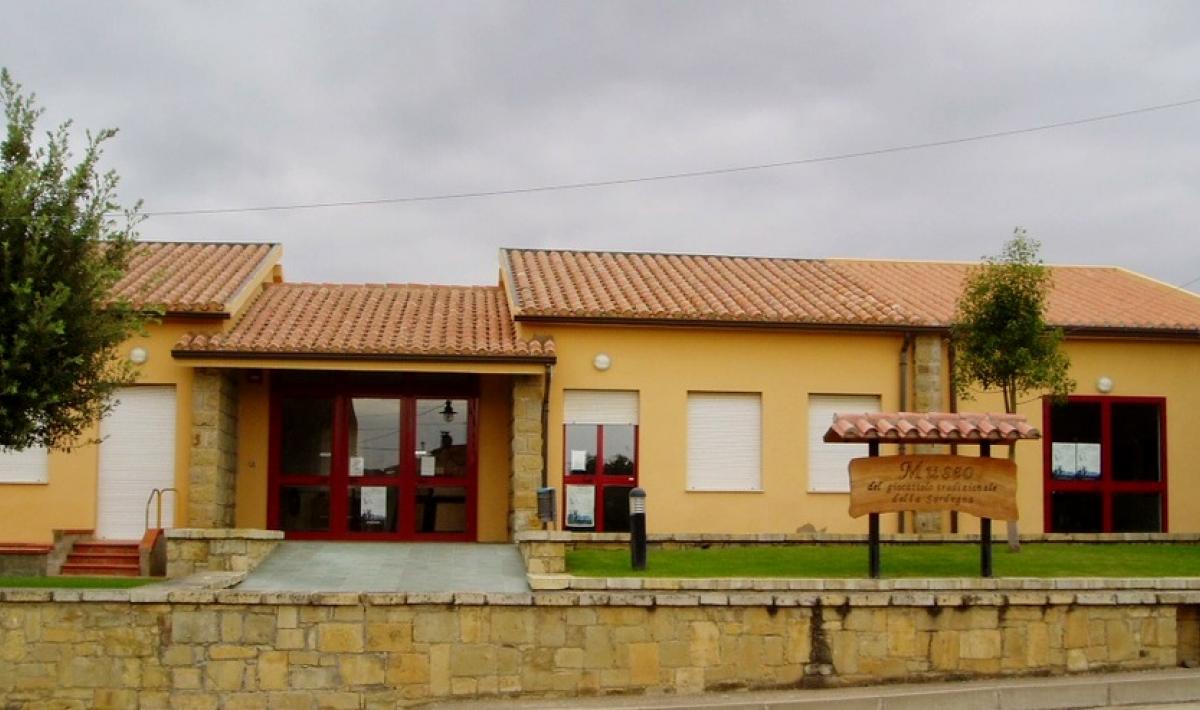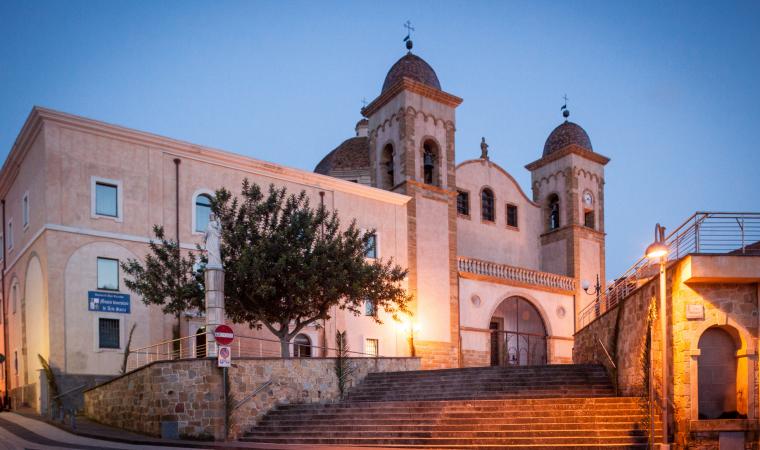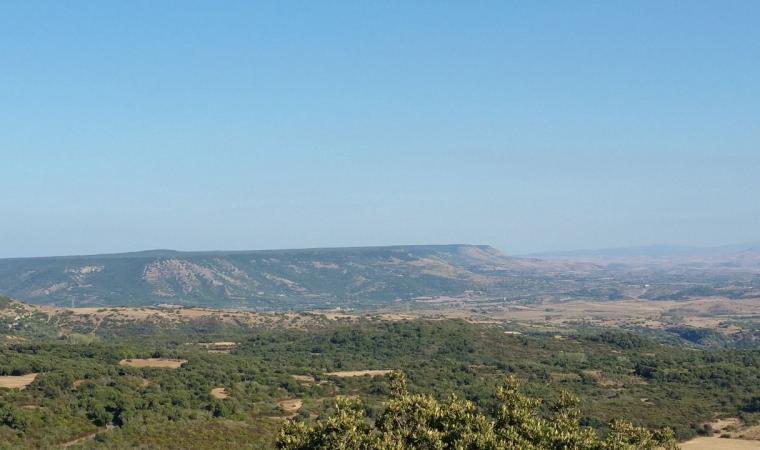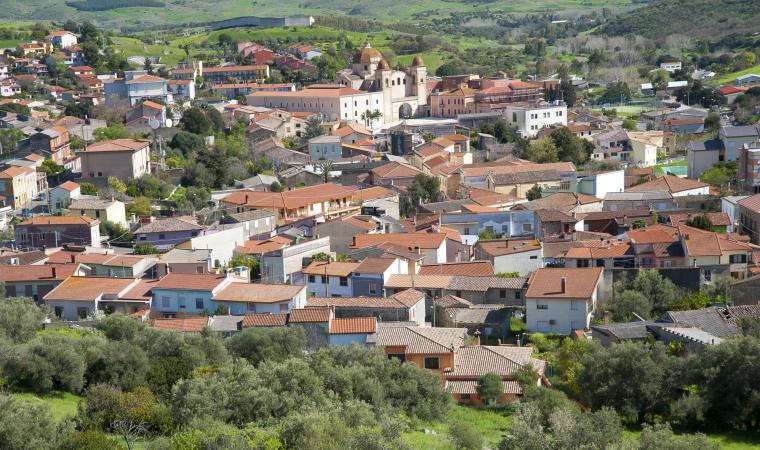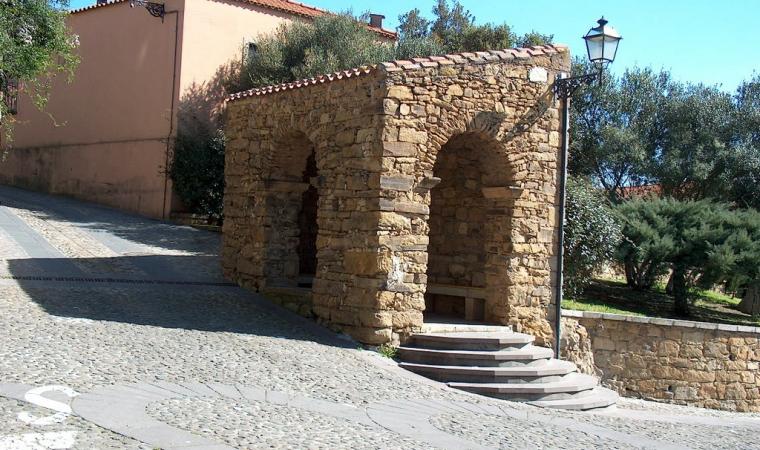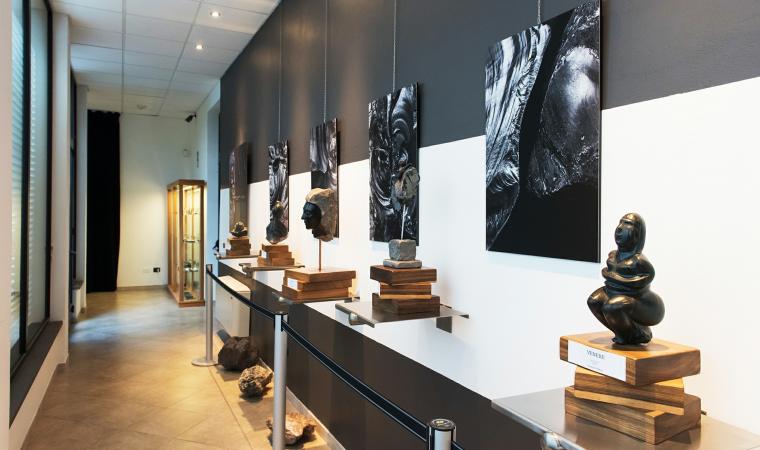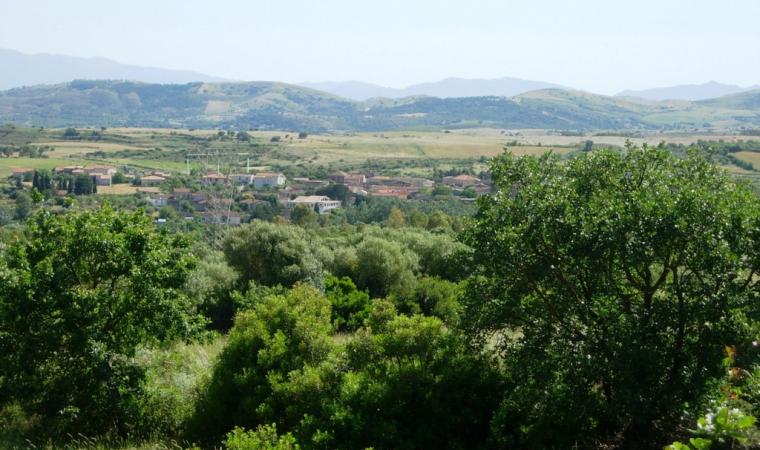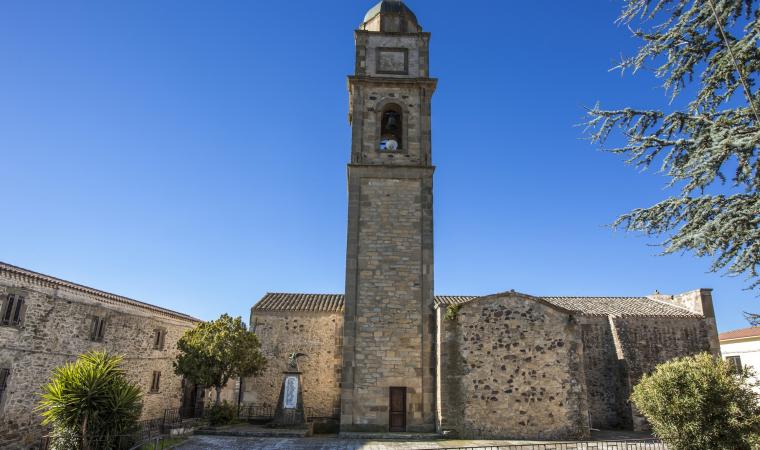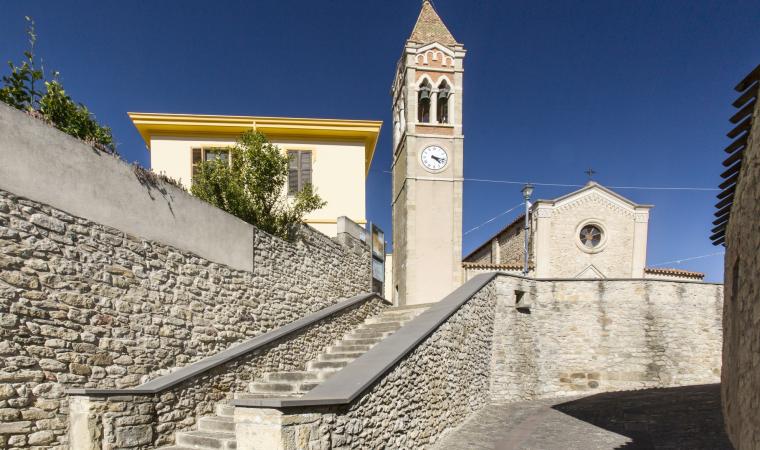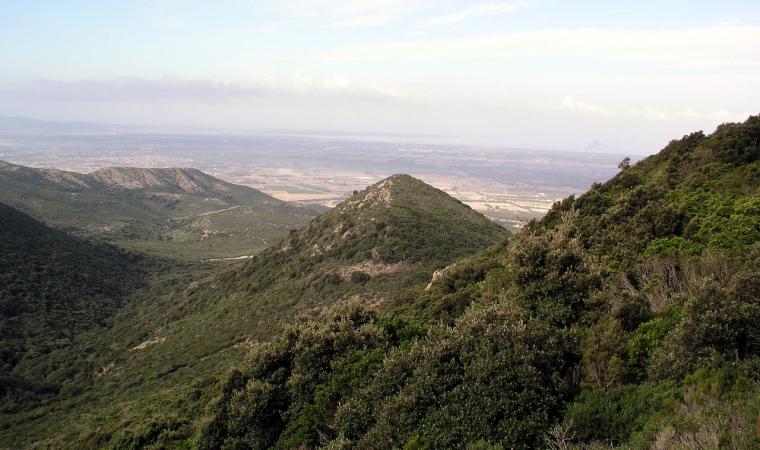The collection perfectly reflects the soul of the people, as well as being a unique revival of the historic memory and manufacturing culture of the ancient Sardinian agropastoral society. Created out of research conducted in 1993-96 by the middle schools of Ales, the main town in the Marmilla area perched on the slopes of the Monte Arci Park, inaugurated in 2002 and reopened in 2013 after restoration work, the traditional toy museum of Sardinia is unique among the museums in the region. It recreates the old-fashioned toys that our grandparents and parents played with as children, displaying handcrafted toys, made ‘at home’ with skill and care, using whatever materials were available. The museum itself is in Zeppara, a small village about one kilometre from the birthplace of one of the most influential 20th century European intellectuals, Antonio Gramsci - a charming village that has retained its original agropastoral architectural structure and is entirely surrounded by countryside.

